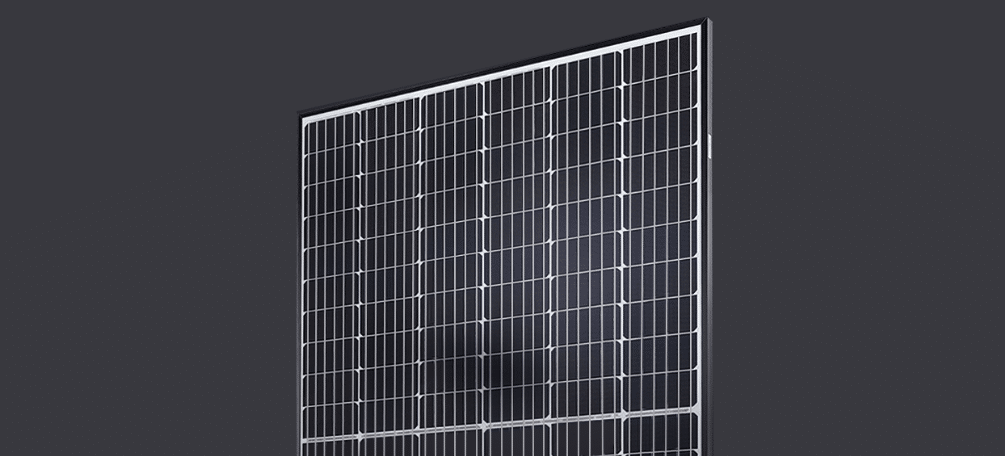Georgia has become one of the nation’s leading destinations for large-scale solar. While the state had a down year in 2017, coming in as the 21st-largest market (down from the third-largest in 2016), the last few months have seen a boom in activity.
A month ago Origis Energy broke ground on a 200 MWac solar project – the 2nd-largest east of the Mississippi, and at the end of October Silicon Ranch secured a power contract with generation co-op Green Power EMC to sell 106 MWac of solar.
Yesterday these were followed by rural co-op Walton Electric Membership Corporation (EMC) announcing that it has signed contracts with three solar projects under development totaling 202 MWac to supply power to Facebook’s Newton Data Center.
We’ve known for eight months that Facebook was going to supply this data center with 100% renewable energy, and that Walton EMC would be the official supplier. But what is new is the capacity and details of the projects.
These projects will be developed by Silicon Ranch and Strata Solar, two of the biggest names in solar development in the South. Details follow:
Early County facility
- Developer: Silicon Ranch
- Location: Early County, Georgia
- Capacity: 102.5 MWac
- Expected Completion: 2019
- Jobs created: construction – 400; operation and maintenance – two to three plus local contractors
Calhoun and Colquitt projects
- Developer: Strata Solar
- Location: Calhoun and Colquitt Counties, Georgia
- Capacity: Calhoun – 80 MWac; Colquitt – 20 MWac
- Expected Completion: 2020
- Jobs created: construction – 400; operation and maintenance – two to three plus local contractors
Early County to use Hanwha half-cut mono PERC modules
Perhaps the most exciting detail revealed about these projects is that the 102.5 MWac Early County project will use modules from Hanwha Q Cells’ factory which is under construction in Northern Georgia, mounted on NEXTracker single-axis trackers.
We don’t know much about Hanwha’s new factory – which is planned to be the largest in the Western Hemisphere with an output of 1.7 GW annually – as the company has been particularly tight-lipped about details. The company’s latest quarterly results only stated that it is on track to ramp in the first quarter of 2019.
Given an average AC-DC ration of at least 1:1.25, this plant will use more than 125 MWdc of modules, and the timeline means that these will be some of the first to roll off the factory’s new module lines.

Also, these will be modules featuring half-cut mono cells with Passivated Emitter and Rear Cell (PERC) technology. This is certainly not the first time that a high-efficiency product has been used in a utility-scale application (see SunPower’s IBC technology), but it could be an indicator of a shift to wider deployment of mono-PERC in large solar plants.
This content is protected by copyright and may not be reused. If you want to cooperate with us and would like to reuse some of our content, please contact: editors@pv-magazine.com.









By submitting this form you agree to pv magazine using your data for the purposes of publishing your comment.
Your personal data will only be disclosed or otherwise transmitted to third parties for the purposes of spam filtering or if this is necessary for technical maintenance of the website. Any other transfer to third parties will not take place unless this is justified on the basis of applicable data protection regulations or if pv magazine is legally obliged to do so.
You may revoke this consent at any time with effect for the future, in which case your personal data will be deleted immediately. Otherwise, your data will be deleted if pv magazine has processed your request or the purpose of data storage is fulfilled.
Further information on data privacy can be found in our Data Protection Policy.